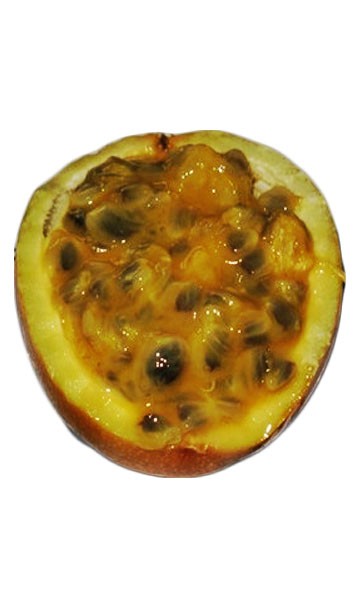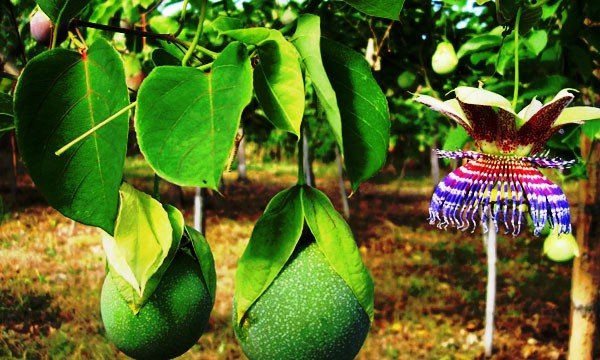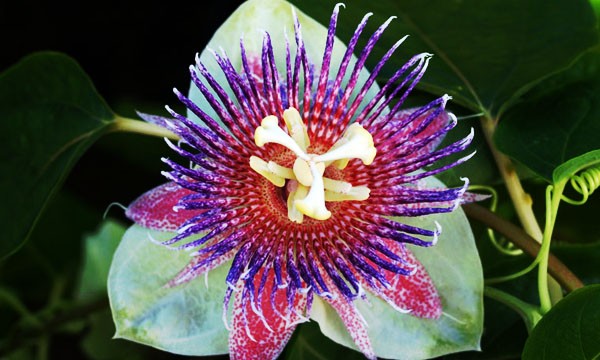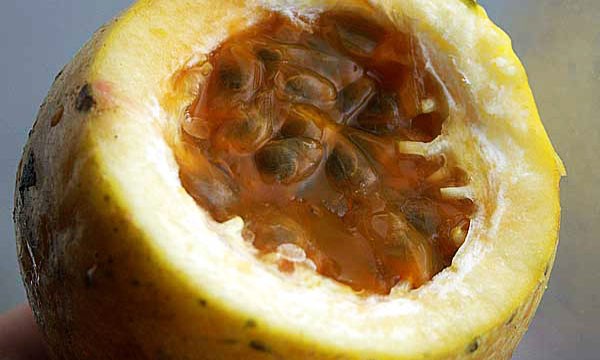- Overview
- Comes in 3 gallon container
- Fast growing vine (up to 30 ft. in one year) with large, aromatic flowers
- Relative of the passion fruit
- Hard shelled fruit, 1.75-2 in. wide
- Yellowish to brown when ripe
- Vary from flexible and leathery to hard and brittle
- Pulp is grayish or orange-yellow and has a sweet taste
- Zones 10-11
- Features
weight: 9.99 lbs : - ReviewsThere is no reviews yet...Be the first!
Be the first to write a review of this product!
- More Info









